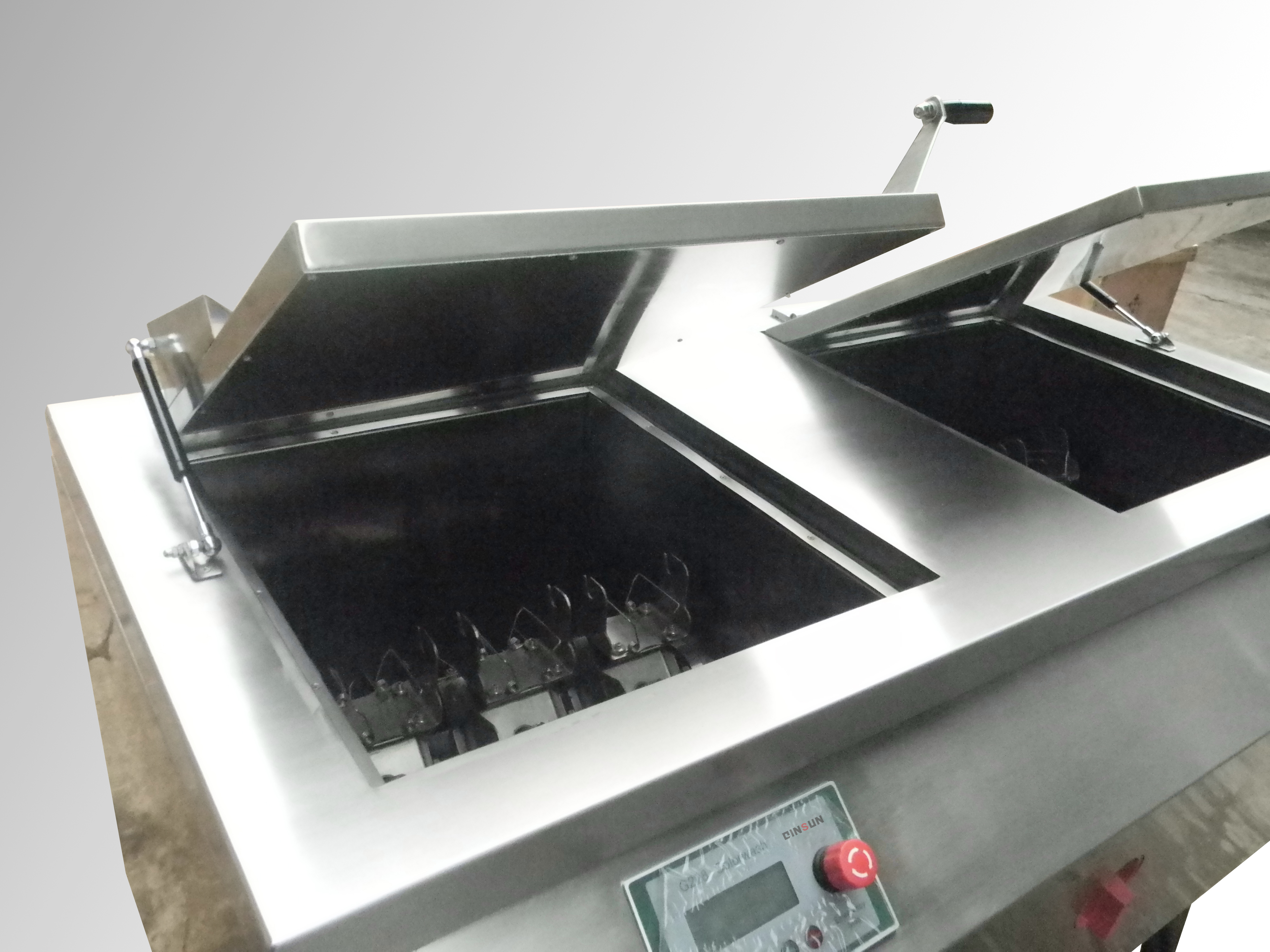Some fabrics hold dye within their fibers extremely well - like denim - while others do not (mostly synthetic or artificial non-natural fabrics) and tend to "bleed" when they are washed. The denim would therefore be more "color fast" than the other fabric.
Washing Color Fastness Test refers to the situation of fade and discoloration of dye textiles when soaping. The main machines used in washing color fastness are Washing Color Fastness Testers. Generally, there are two indicators measured in washing color fastness test, including testing fade of original sample and staining of white cloth. Fade of original sample is the color change of dyed textiles before and after soaping. Staining of white cloth is the situation of staining of white cloth which it is soaping together with dyed fabrics.
In the testing, dyed sample is stitched together with one or two specified woven fabrics, placed in a soap solution, mechanically stirred at a specified time and temperature, then rinsed and dried. At this moment, dyed sample fades and contaminates the white adjacent fabric. Discoloration of dyed sample and staining of adjacent fabric are measured by gray cards. Water color fastness is divided into 5 grade and 9 files, among which the best is grade 5 while the worst is grade 1.
